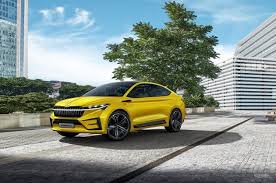What is the difference between electric vehicles and hybrids or plug-in hybrids
 Electric vehicles that you can buy are a relatively new product on the market. Hybrid cars that combine a conventional petrol or diesel engine with an electric motor have been around for a long time.
Electric vehicles that you can buy are a relatively new product on the market. Hybrid cars that combine a conventional petrol or diesel engine with an electric motor have been around for a long time.
Gasoline-electric cars like the Toyota Prius or the new RAV4 hybrid aren’t technically electric cars because they can’t be plugged in and charged from an external source. They have very low-capacity batteries, and the electric motor is designed to help a conventional engine, rather than drive the car yourself.
Hybrids (HEV) charge their batteries, restoring energy that is usually lost during braking and deceleration, and sometimes directly from a gasoline engine. Toyota says the RAV4 hybrid can only drive one electric power “from a few hundred meters to 1 km.”
However, hybrid technology is an inexpensive way to reduce fuel consumption by 30%. Toyota has been doing this for two decades, and other car manufacturers are following suit. So when you hear a car being “electrified,” it probably means it’s a hybrid, not an electric car.
Automakers sometimes claim that hybrids are electric, but they are not! No car running on fossil fuel can be considered an electric car.
There are also plug-in hybrids or plug-in hybrid electric vehicles (PHEV). They still combine a gasoline and an electric motor, but the battery capacity is much higher and you can charge the car. A modern hybrid plug-in can travel on one electric charge 30-85 km, then it consumes gasoline to generate energy.
The plug-in hybrid compared to a clean electric car does not have enough power reserve on one electric charge, but its owners can not worry about finding a charging station, because you can always switch to the engine until you have the opportunity to connect to the outlet again.




